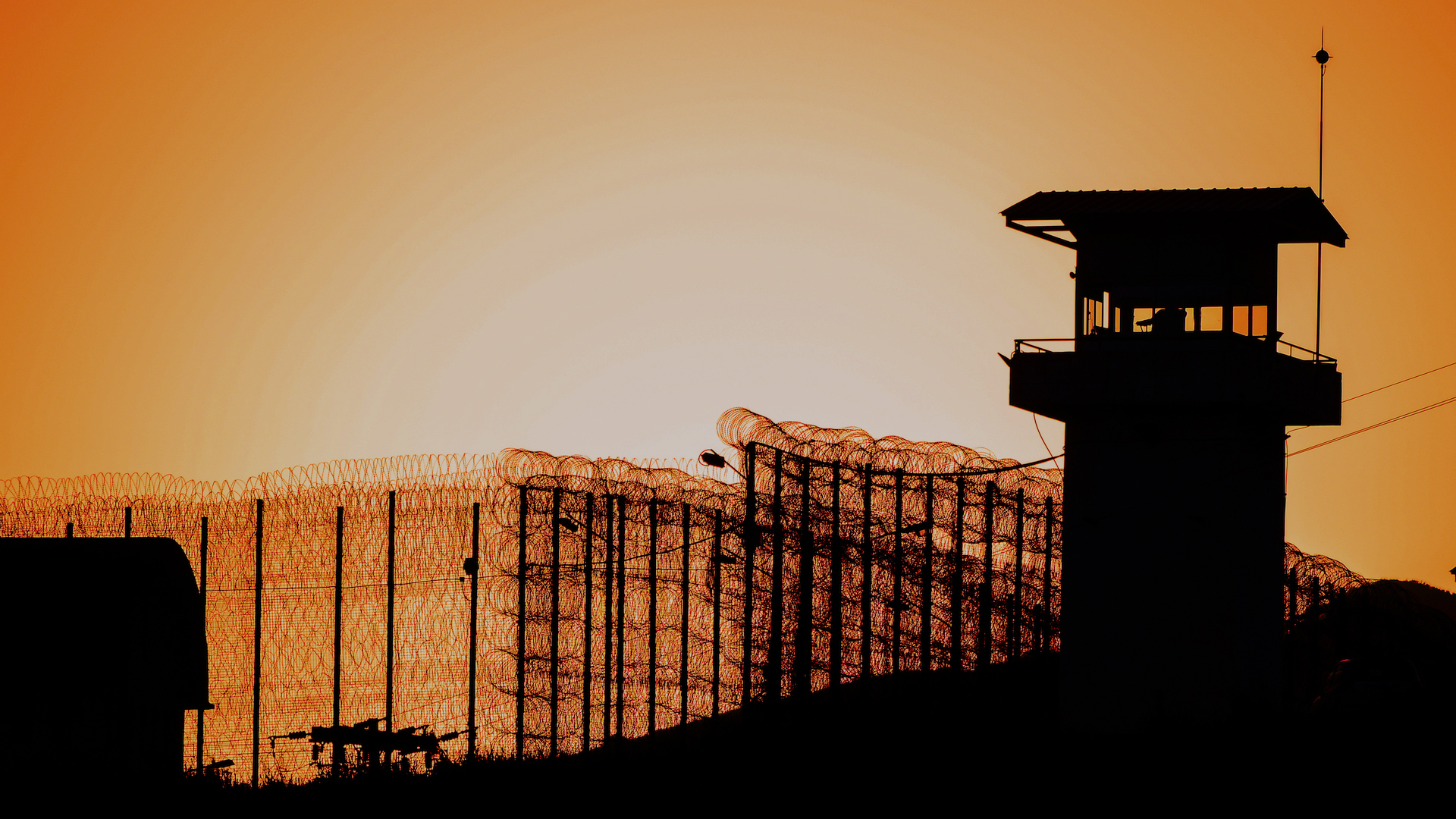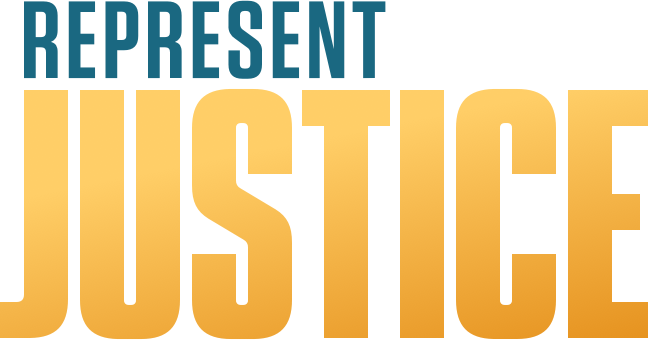Incarcerated People Can’t Get Left Behind in COVID-19 Protections

Scott Budnick
Milken Institute
Power of Ideas series
This is a strange and scary time. With much of the country under stay-at-home orders, we are doing our best to stay safe and healthy through social distancing, frequent handwashing, and wearing masks or facial coverings to minimize the spread of germs. We take comfort in calling, texting, emailing, or video chatting with friends and family to ease our own anxiety and theirs, and to make sure everyone is doing as well as can be in the midst of this pandemic.
For 2.3 million incarcerated men and women in the US, these basic hygiene and coping mechanisms aren’t possible. They often don’t have soap with which to wash their hands. They lack free access to the internet and phones to communicate with loved ones. Social distancing is impossible. Staying healthy in these conditions, for both incarcerated men and women and prison staff, is next to impossible.
As we work to address this public health crisis, we cannot forget our fellow incarcerated citizens whose health and safety are urgently at risk. As of late April, there are more than 9,000 confirmed cases of COVID-19 in prisons and jails across the United States, and at least 131 incarcerated people have died. Of the 1,053 incarcerated men in Terminal Island Federal Prison, over 600 have COVID-19, and five have died—a 60 percent infection rate. When I last visited a California prison in March, just before they closed to visitors and volunteers, the fear was palpable.
My friend, Grammy- and Academy Award-winning rapper and activist Common, and I decided to bring some sense of connection, hope, and inspiration to people inside. We’ve started recording video meetings where we talk to formerly incarcerated individuals as well as special guests to discuss experiences of incarceration, as well as sharing meditation and breathing techniques to help them cope with the uniquely stressful situation they are in. We are focused on providing messages that will uplift and hopefully help alleviate some of the emotional and mental toll caused by isolation from lockdown, lack of communication with loved ones, and worrying about their own health and safety.
These videos are being put together with the help of the team at Represent Justice, the social impact initiative launched alongside the Warner Bros. film I executive produced, Just Mercy. The campaign is focused on creating public demand for a fair legal system and dignity for the people affected by it, but they have quickly expanded and adapted their efforts to specifically address the issues COVID-19 presents to system-impacted individuals. Right now, the campaign is asking people to contact their governors and local sheriffs to urge them to release low-risk individuals, including elderly and immunocompromised people and people in pretrial detention; to provide free soap, hand sanitizer and medical care; and to accelerate testing for incarcerated people and staff.
Additionally, the campaign has established an Emergency COVID-19 Relief Fund, which has regranted $50,000 to local nonprofit partners that are working to protect the health and safety of incarcerated people, staff, and system-impacted families right now. Money from the fund is also being used to support organizations working to help formerly incarcerated communities and to help meet basic needs like housing, food, and medical expenses for those who may get early release. Furthermore, they are distributing 20,000 masks to correctional facilities where the campaign has held programs and initiatives like Play for Justice in the last year.
This pandemic is altering the shape of our society as we know it, and we face a humanitarian crisis if we don’t act swiftly to protect those behind bars and the staff who work every day in this environment. They’re human beings—brothers, sisters, mothers, fathers, and friends—each deserving of fairness, justice, and mercy. And just as deserving of protection in this moment as you and I sheltering in place in our homes.
